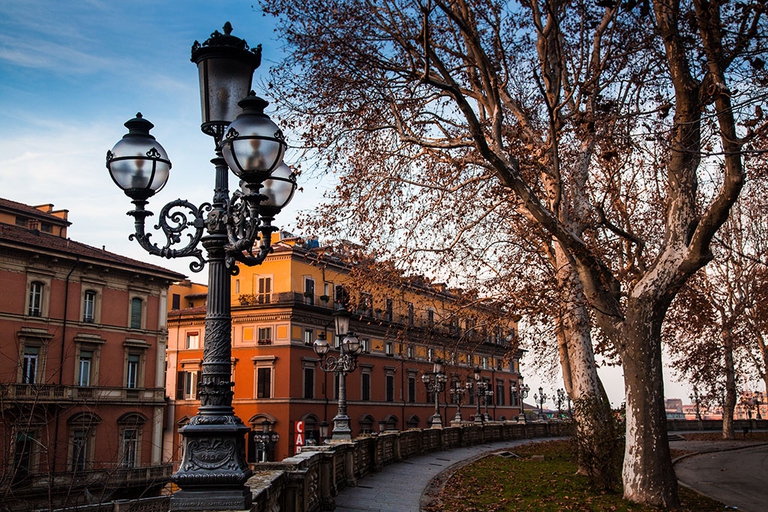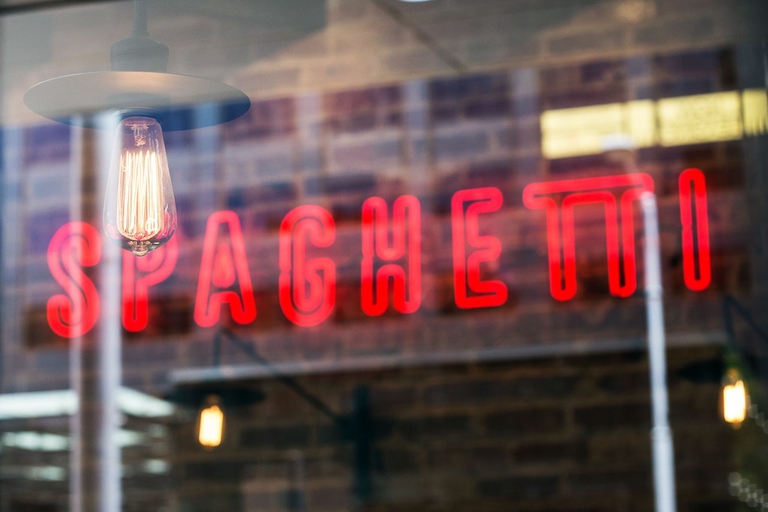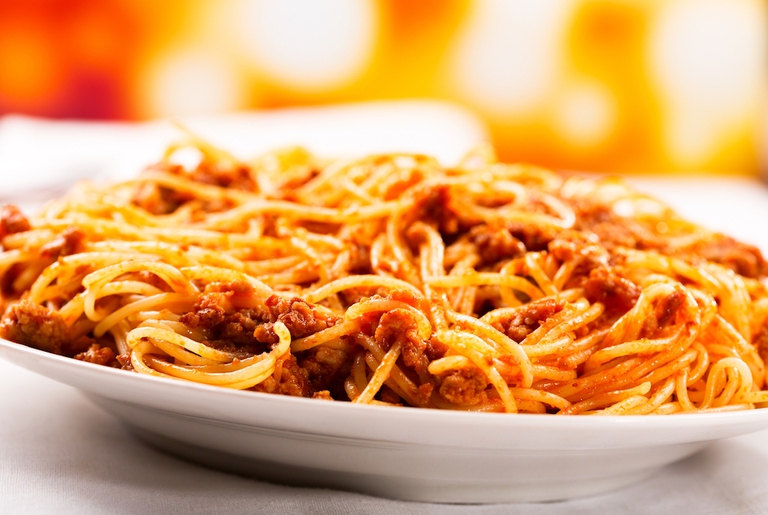
Factory farming conditions and antibiotic-resistant pathogens emerging as a result of them pose an existential threat to humans in the form of zoonotic diseases. Why it’s time to produce and consume food more thoughtfully.
In Italy, it sounds like heresy. Spaghetti bolognese would probably horrify the good people of Emilia-Romagna (the region where Bologna, the city that hosts the largest agri-food centre in world, Eataly World, is located) but beyond Italian borders this dish is highly appreciated and requested. Those who order it are convinced they’re eating a real Italian
In Italy, it sounds like heresy. Spaghetti bolognese would probably horrify the good people of Emilia-Romagna (the region where Bologna, the city that hosts the largest agri-food centre in world, Eataly World, is located) but beyond Italian borders this dish is highly appreciated and requested. Those who order it are convinced they’re eating a real Italian recipe, but they’re not. The belief that spaghetti bolognese is from Bologna is an error that has gone viral, and it seems it can’t be corrected, bless the goodwill of the people of Bologna, the “bolognesi”.
Read more: What to do in Bologna in 36 hours according to the New York Times
Spaghetti bolognese is one of the specialties preferred by German families, who buy it frozen or purchase the sauce in packets or cans. In 2014 it was in third place among the most popular dishes eaten by German employees at their workplace cafeterias (while pizza ranked in ninth place), as noted by the company Apetito, which provides 1,300,000 meals for German workers ever day. According to Henry Dimbleby, co-founder of an English fast food chain, pasta bolognese “is now the second most popular dish served in the homes of Great Britain”.
Read more: Eataly World in Bologna, photos from the Italian food theme park that is every foodie’s dream
Ragù in Italy is a general term used to indicate any meat sauce cooked over low heat for many hours. Each ragù is composed of numerous ingredients, which vary according to each region: “alla bolognese” is only one of the many ways which ragù is prepared in Italy.
Like anything that goes viral the origins of this recipe aren’t easy to trace, but its vast worldwide diffusion could now come in handy for Bologna, where the world thinks it comes from. “We could use the false myth of the sauce as a trademark, adopting it for our network of ambassadors in the world – comments Matteo Lepore, who works in the marketing department of the city’s council –. While we can capitalise on the products that may actually have origins in Bologna, they’ve done very little to promote the name of the city. Bolognese sauce is a challenge, but it does in fact mirror the melting pot of this fine city. So is it all just a myth? Yes, but we’d better make the most of it. It could be the brand that brings together Bologna’s ambassadors abroad”.
It’s no betrayal, but rather something that is intrinsic in every work of translation, adaptation or dissemination. It confirms that cultural influences are harbingers of new ideas and inspiration, never forcing things one way and instead engaging in a dialogue or osmosis.
Siamo anche su WhatsApp. Segui il canale ufficiale LifeGate per restare aggiornata, aggiornato sulle ultime notizie e sulle nostre attività.
![]()
Quest'opera è distribuita con Licenza Creative Commons Attribuzione - Non commerciale - Non opere derivate 4.0 Internazionale.
Factory farming conditions and antibiotic-resistant pathogens emerging as a result of them pose an existential threat to humans in the form of zoonotic diseases. Why it’s time to produce and consume food more thoughtfully.
The world of cinema recognises the link between food choices and the climate crisis by offering vegan menus for awards season events, including at the most important of them all: the Oscars.
Let’s look at the reasons behind the growth of veganism in India, as a small yet vocal section of the population turns towards this diet and lifestyle in the largest milk producing country in the world.
by Jeffrey Y. Campbell, Manager of the Forest and Farm Facility at FAO In the Ecuadorian Amazon, Kichwa farmers grow dozens of products on tiny parcels of land. Their lands hum with biodiversity, yielding nutritious foods that have sustained families for generations. Wandering among fruit and nut trees and crops, these indigenous agroforesters fill their baskets
Mint has many health benefits, but in food it’s often accompanied by artificial green colourings. Instead, Galatea has created a green mint ice cream in a completely natural way.
We’re talking about Galatea, a company that produces semi-finished products for artisanal ice creams using high quality ingredients, natural colouring, excluding thickeners and hydrogenated fats, respecting the environment and supporting the less fortunate.
The mad rush to fake food, like fake meat made with genetically-modified soy, ignores the importance of the diversity of our foods and culinary cultures. It’s a recipe to accelerate the destruction of the Planet and our health.
Like with all foods, the quality of an ice cream can be discerned by reading its label. An expert explains how to do this, and tells us how their company steers clear of chemicals, using only natural ingredients to produce an excellent and “free” ice cream.
Quality ingredients, no artificial colouring and hydrogenated fats. These are the main features of a great ice cream. But what makes an ice cream parlour “good”, i.e. sustainable?










